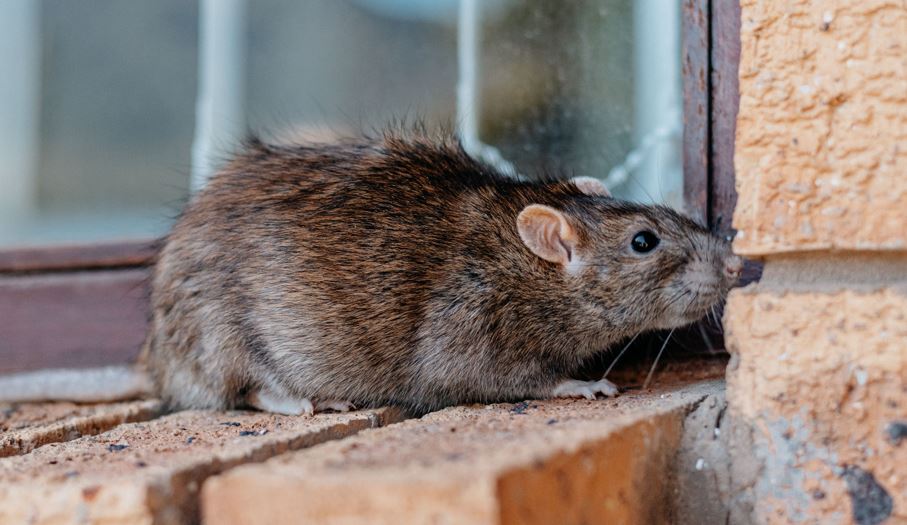Yep, you found mice in the house. Like it or not, mice share our love of warmth, shelter, and food. And your well-stocked, toasty warm home is extremely attractive to these smart and agile creatures when they’re looking for a place to live. Here are all the tricks they use to break inside and invade. (And of course, you’ll want to control the situation and get rid of the mice, too!)
Mice are contortionists
Looking at a mouse running around, you may think they’re too big to get into your house via small cracks and the like. But the truth is that a mouse can squeeze themselves into gaps as small as their head. Their body may appear pretty big, but due to their skeletal structure, as long as their head can fit through a hole it’ll be easy for the rest of their body to follow. A good rule of thumb is that if you see a hole or crack that’s wider than a dime, a mouse can fit through it.
Make sure there are no gaps beneath exterior doors and your flooring. Check for cracks in your foundation, on walls, and around windows. Inspect your roof and soffits closely to find out if potential entry points for rodents exist.
And make sure you don’t leave them tempting “treats” that make them even more motivated to get inside your home and stay there. Store your food in mouse-proof containers – tough plastic, metal, or glass ones with tight-fitting lids are a good choice. Clean up any crumbs and food particles that end up on the floor, and don’t forget to clean under appliances like your stove and fridge too.
They can “remodel” your home to get inside
While they have no interest in the kind of glamorous home-reno projects us humans love, they do have an interest in “remodeling” certain areas – this includes creating comfortable passages to allow them to move more easily into and around your home. Cracks and holes that are too small for them to get through are often easily enlarged with their teeth.
Remember, they can chew through wood. Loose shingles on your roof may provide easy access to the wood underneath Loose siding or damaged grout between brick or stonework on the exterior walls of your home are another potential access point to the wood behind it.
When you’re ready to seal off their entry points, be sure to use materials that they can’t chew whenever possible. Wire mesh is a classic choice of material for this purpose, and it can be covered with stucco or other materials so that it blends into your home.
Maybe they were born there
Mice are breeding machines. If you’re unlucky enough to have an amorous pair of mice in your home, they can produce up to 40 babies a year. And the worst of it is that all the new mice that are born can start to reproduce once males are eight weeks old and females are 6 weeks old.
The lesson to take away is that if you see signs of mice, deal with them sooner rather than later. The longer you wait, the more babies they may be having and the bigger your rodent invasion will grow.
Now outsmart the mice to get rid of them!
Now that you know how those pesky mice got into your home in the first place, you can use that knowledge to take appropriate steps to prevent the problem from recurring in future. Your home will need a thorough inspection to identify their entry points, and a multi-faceted strategy to get rid of the mice you have as quickly as possible.
If you’re in the Burlington, Oakville or Hamilton areas and have mice or rodents in your home or business you need to get rid of, contact Halton Wildlife Services now!





